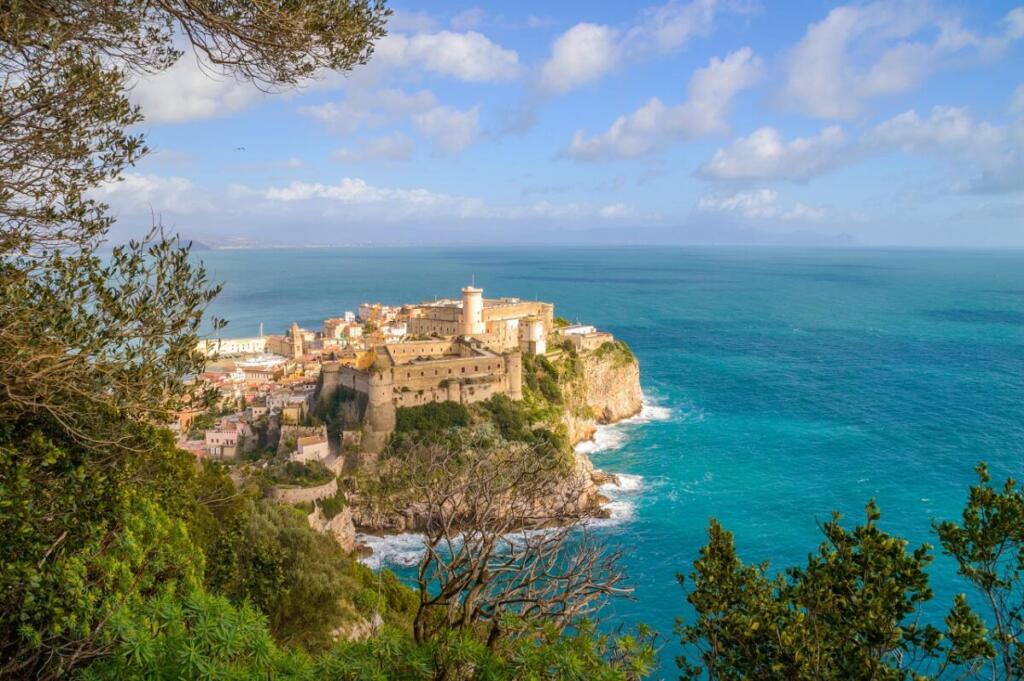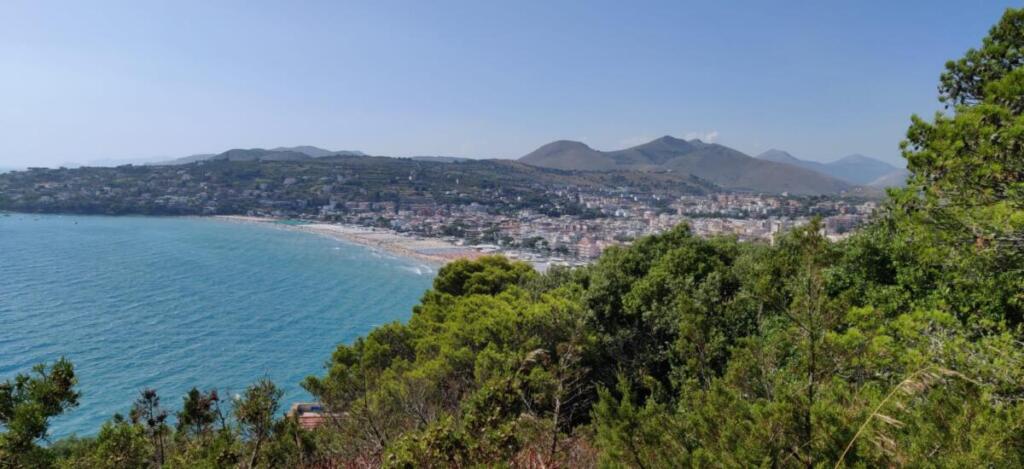What is this literary mess, you will ask yourself!
But give me just a little time and you will understand why, during the summer holidays of a young woman, the novels of Salgari and the Homeric myths met or rather took life and body in her heart.
We are in the winter of 1976 when TV broadcasted the dramatized Sandokan which captured the attention of young and old. Maybe for the exotic setting on an island in Borneo and in the sea of pirates, for the beauty of the protagonists Sandokan and Lady Marianna, played by Kabir Bedi and Carole André, and perhaps for their compelling love story.
Having achieved huge public success, it remained in the history of Italian television and in the collective imagination.
Even the very young Micky was fascinated by the adventures of the Mompracen Tigers, by the courage of Sandokan, by the cunning, sympathy and friendship of Yanez (played by the talented Philippe Leroy), by the strength of love, expressed with determination and sweetness by the Pearl of Labuan .
But it all ended in six episodes.
Life flows and the time that passes seems to make us forget that story and those characters.
Then finally school ended and the holidays began, do you remember those that lasted almost four months? Then you are of my generation!
We left for the sea.
For me it always meant going to Gaeta, which at that time was known for young military men because its Angioino-Aragonese castle housed the military prison, where for years until 1975 was Herbert Kappler, commander of the SS and Gestapo in Rome. But that's another story.
For many years I have not had a comparison, but I considered (and still do) this town in Lazio that takes its name from Enea's nurse, Cajeta, beautiful.
A dream location, without having to go to the Caribbean islands to run or sunbathe on golden beaches, immerse yourself in crystal clear waters populated by fish, molluscs and sea urchins (my passion) and climb the rocks that stand out perpendicularly from the surface of the sea.
Then diving and going to discover caves, ravines and sea wells. The Devil's Well is famous and wonderful for the colours and reflections of the water and is sometimes inaccessible due to the high tides.
This beauty was accentuated or even shaped by the sense of freedom that gave me to be immersed in unspoiled nature, still (for some years) wild.
As the rocks are shaped by the wind and the sea, so the beauty of a land kissed by the sun and thirst-quenched by rainwater sculpted the character of a dreaming girl.
And it is precisely here that in the summers following that winter of 1976, always under the watchful eye of my mother, Micky and I travelled with other children with our imagination, enriching the Salgarian adventures with new and unpublished episodes.
At the beginning, a skateboard or a surfboard was enough to transform the crew of "brats" into pirates, masters of making raids from one point to another of a cove, without fear of being overwhelmed by a jet ski or by an inflatable boat.
In those years, boats other than fishing boats or rowboats from some sea lover were rare. Fins and masks were enough to discover fantastic, as well as imaginary marine treasures, mostly made of shells or stones.
But there were also the "brat princesses" who often lay sunbathing on a rock waiting for the "suitor pirate", returned from marine enterprises, to pay reverent attention to them.
Thus, identifying with Sandokan and Lady Marianna (the pearl of Gaeta), early but innocent loves were born among the rocks, the waves and the sand.
Then, in the following summers, up to those of the mid-80s, when you had a laser with its small sail or a catamaran, you sailed the seas to farthest shores of that coast famous for its seven beaches (Serapo, Fontania, Quaranta Remi, Ariana, Arenauta, San Vito and Sant'Agostino).
[caption id="attachment_109998" align="center-block" width="750"] Tiella di Gaeta by Dario Magno[/caption]
Tiella di Gaeta by Dario Magno[/caption]
One beach more beautiful than the other and in each there was a reason to go: a new friendship, a tomato and mozzarella sandwich eaten in a feast, a piece of tiella with octopus (slurp), a game of "Roman" football against Neapolitans with ice cream offered by the losers to the winners, a dip in the swimming pool of the most beautiful establishment (now renowned Resort), with the icy water that flowed directly from the rock.
In that pool there was also a slide (today no longer) steep and high, I think about twenty meters, from which to fly into the water.
The first time was a test of courage, almost an initiation to be part of the gang, and then (the following) an adrenaline rush before lying lazily sun bathing on the front shoreline.
Along that coast, where myth has it that Enea landed (and for this reason the location is known as Aeneas' Landing), the voices of happy young people rang out, immersed in small talk that could last until sunset, when the musical notes of the discos began to rise outdoors.
During the high school years, especially those who did the classics, it became the favourite narrator of stories, such as the Homeric ones or those that drew a vague inspiration from these places known and loved already by the ancient Romans.
So, if we talked about Circeo not far away, someone started the story of the sorceress Circe and the companions of Ulysses turned into pigs, or someone reported having visited the Grotto of Tiberio and annexed remains of the ancient imperial villa in nearby Sperlonga.
Then the coast of lower Lazio was not yet known and promoted as the "Riviera di Ulisse" and yet, on second thought, those summers seem to me a magnificent Odyssey!







Follow us